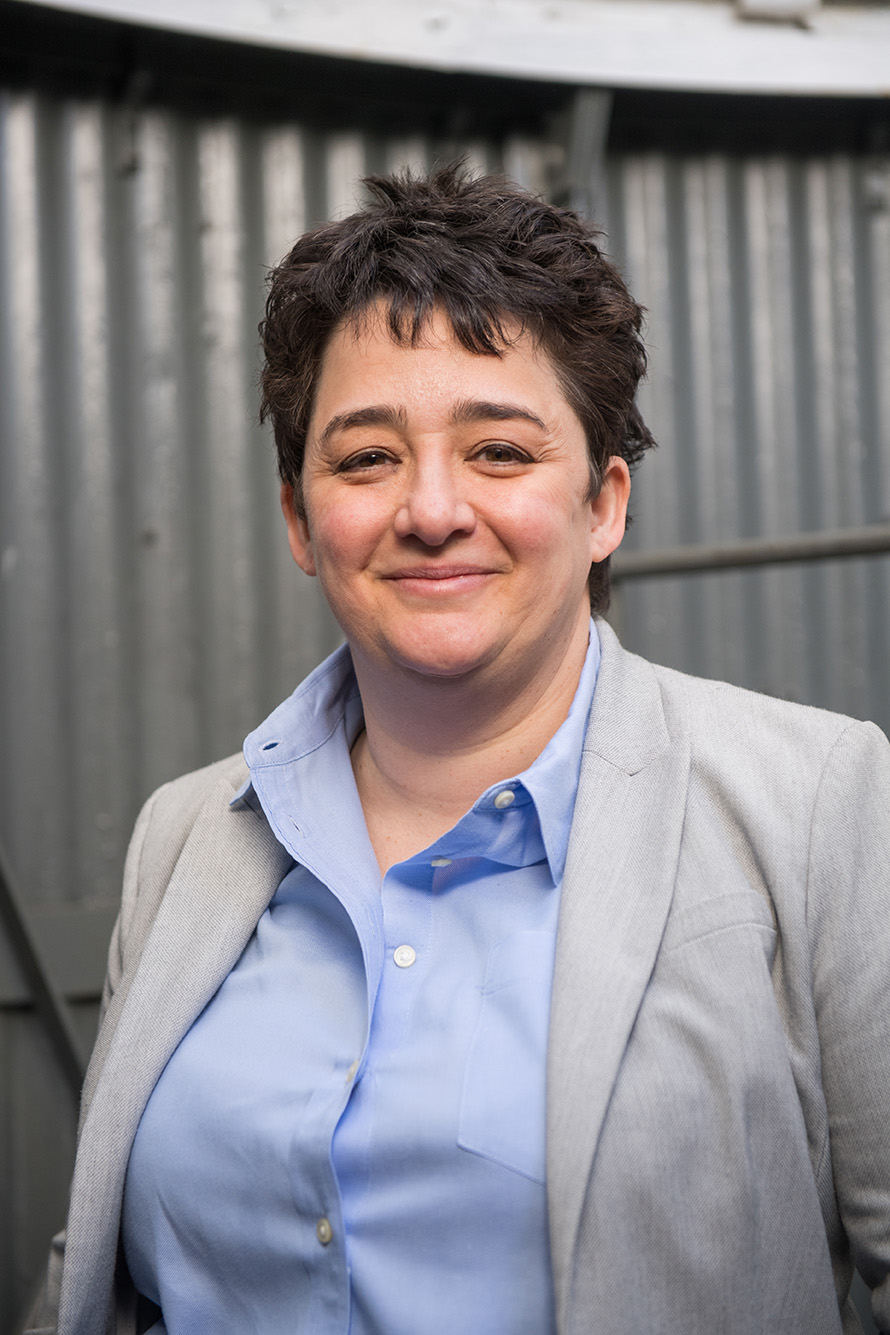A Boston University-led team that has pioneered major advances in our understanding of the bubble protecting the solar system-and all life on Earth-has won a major new grant from NASA. The SHIELD (Solar wind with Hydrogen Ion Exchange and Large-scale Dynamics) DRIVE Science Center has been awarded a new five-year grant to continue advancing its breakthrough work in heliophysics, the study of how the sun influences and shapes the solar system. The funding will also support the team's efforts to diversify the field of space physics.
Founded in 2020, the center won the funding as part of NASA's DRIVE (Diversify, Realize, Integrate, Venture, Educate) Science Centers program. In the program's first phase, the space agency supported nine research groups; that's now been slimmed down to just three-BU, Johns Hopkins University, and Stanford University-for phase two. NASA called each of the centers a hub for innovation in solar and space sciences: "These high-performing teams address cutting-edge science questions," said Nicola Fox, heliophysics division director, in a press release, "supporting NASA's mission, and advancing solar and geospace science."

"The competition the last two years was fierce," says Merav Opher, a BU College of Arts & Sciences professor of astronomy and the SHIELD DRIVE Science Center's principal investigator. "Each of the original nine is a powerhouse on its own. It's a huge deal."
During the program's phase one, Opher and her team used compelling computer simulations created from observable data and theoretical physics to explain the physical mechanisms behind a new model of the heliosphere, the protective bubble that shelters life on Earth from destructive cosmic rays emanating from supernovas.
Previous models described the heliosphere as being shaped like a comet, but the SHIELD model pushed against that with the idea that it looks more like a croissant. Opher's multi-institutional team of around 40 astrophysicists-drawn from a dozen institutions, including MIT, the University of Michigan, the University of Alabama in Huntsville, and Princeton University-was able to attribute the shape to neutral hydrogen particles, which cause instability in the jets coming from the sun that shape the heliosphere. In turn, the instability could cause a disturbance in the solar wind-or collimated plasma-coming from the sun, bending the heliosphere into a shape reminiscent of the popular pastry.
Hooked on the Heliosphere
For Opher, the opportunity to continue that work is a dream come true. She has been gazing at the stars practically from birth, as she and her twin sister looked up to their father Reuven Opher, a leading astrophysicist and cosmologist in Brazil for more than three decades. But while most space physicists focus their attention on magnetic fields and space weather, Opher found herself hooked on the heliosphere.
"More and more we're understanding the importance of the heliosphere for life on Earth, for how the climate was on Earth, as well," says Opher. "Until now, the heliosphere was not central for habitable studies."
As important as this and other discoveries are to Opher, she's similarly enthused by the diversity aspect of the DRIVE program. Opher-a woman, an immigrant from Israel via Brazil, and a member of the LGBTQIA+ community-has overcome plenty of obstacles throughout her career. In interviews and at conferences, she's open about the loneliness of being part of an underrepresented group in astrophysics, her ability to work through that, and her desire to support others.
"I am one of the only theoreticians in the field who is female," says Opher, who's also the only woman leading one of the three phase two centers. "I want to try to reach people that fall between the cracks, because they're not the right sensibility or [because of] their gender or they're an immigrant. We can scoop them up and embrace them, and I keep hearing how our outreach touched so many people. The challenge in phase two is to continue that momentum."
SHIELD's outreach program, which aims to help aspiring astrophysicists find community and receive the necessary guidance in bringing their unique voices to the field, will be directed in phase two by Sanlyn Buxner, a senior education and communication specialist and senior scientist at the Planetary Science Institute. It will include webinars, testimonials, mentoring, and networking opportunities.
Opher spoke with The Brink about the importance of that outreach, diversifying her field, and how she hopes the center will advance our understanding of the solar system.






